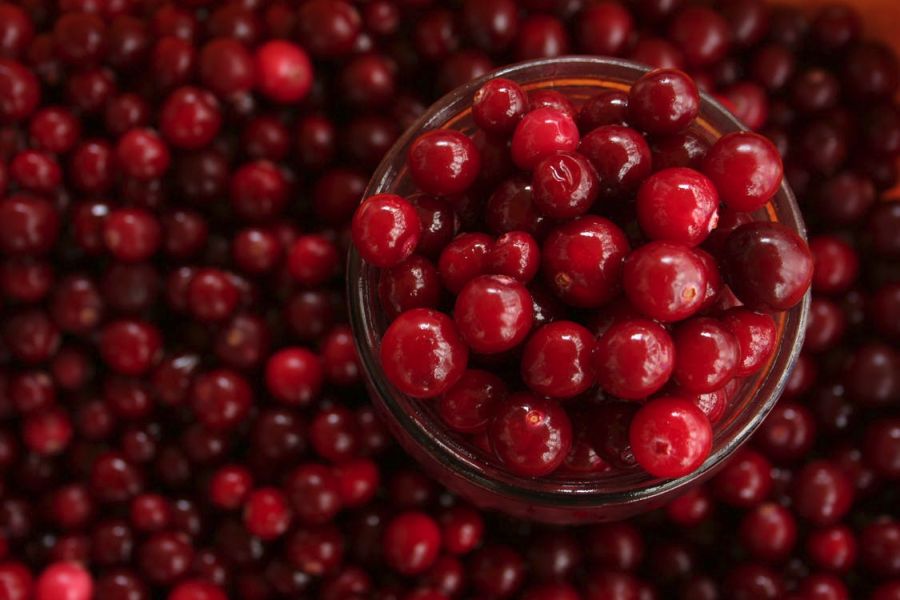The state of our body and health is very important as it determines how comfortable, happy, and productive we will be at every point in time. However, there are several factors, activities and elements that threaten the state of wellbeing of our body and health. One of such elements as free radicals.
Normally, the oxidation process in the body results in structures in the damage of structures in the body. The structures include DNA, lipids, cellular proteins and cell membranes. The metabolism of oxygen results in the creation of unstable molecules also known as free radicals. The free radicals take electrons from molecules in the body resulting in the damage of other cells and DNA. You can visit a place for healthy routines and diet advice for your lifestyle to know more about antioxidants and other diets that are necessary for your health.
While the body needs some free radicals to function properly, and hence can cope with them, this will not be the case when the free radicals are too much. Free radicals overload can lead to irreversible damages over time and subsequently cause some diseases that could include liver and heart diseases as well as some form of cancers including bowel, stomach, and oesophageal.
The rate of oxidation can be significantly increased by pollution, sunlight, alcohol, cigarette smoking, stress, as well as other factors.
Free radicals and antioxidants
Some foods contain antioxidants. The antioxidants help to neutralize free radicals, thereby preventing some damages that the free radicals could have caused. Some of the food types that contain antioxidants include minerals such as selenium, zinc and copper as well as Vitamins such as Vitamin A, Vitamin C, and Vitamin E.
It is believed that compounds from dietary food like the phytochemicals present in plants have better antioxidant effects compared to minerals or vitamins. They are referred to as non-nutrient antioxidants. Examples of non-nutrient antioxidants that are phytochemicals include anthocyanins present in cranberries as well as lycopene present in tomatoes.
Conditions free radicals can cause
Some of the conditions free radicals can cause are listed below.
- Some cancers are triggered as a result of damaged DNA cells.
- Free radicals encourage the sticking to artery walls by low-density lipoprotein (LDL) leading to an increased coronary heart disease risk.
- Speeding up the process of ageing.
- Damage to brain nerve cells, thereby, contributing to conditions like Alzheimer’s or Parkinson’s disease.
- Joints inflammation (arthritis)
- Vision loss due to eye lens deterioration.
Fighting diseases with antioxidants
When a diet with high antioxidants nutrients is consumed, the risk of contracting several diseases such as some cancers and heart disease are significantly reduced. The antioxidants feed on free radicals that are present in body cells, thereby, reducing the damage oxidation would have caused.
How antioxidants protect the body is continually studied around the world. It was discovered that men who ate a lot of tomatoes and by implication, antioxidant lycopene, have a lower risk of developing prostate cancer compared to other men who do not.
It was also discovered that eating spinach and corn, and by implication Lutein, would reduce the risk of vision loss among the old and degeneration of eye lenses amongst everyone.
In Japan, it is believed that low hearts disease rates can be achieved by consuming tea catechins contained in green tea, and by implication Flavonoids.
Sources of antioxidants
Plant-based foods are rich in antioxidants. They are abundant in vegetables and fruits. Other foods such as fish, poultry, meats, whole grains, and nuts are good sources of antioxidants as well. Antioxidants and foods that contain them include:
- Compounds of allium sulphur – garlic, onions, leeks
- Supplements – There is a variety of supplements with unique nutrition properties.
- Anthocyanins – berries, grapes, and eggplant
- Beta-carotene – parsley, spinach, carrots, apricots, mangoes, and pumpkin
- Catechins – tea and red wine
- Copper – Nuts, milk, lean meat, and seafood
- Cryptoxanthin – mangoes, pumpkin, red capsicum
- Flavonoids – apples, onion, red wine, citrus fruits, green tea, tea
- Indoles – cauliflower, cabbage, broccoli and other cruciferous vegetables
- Isoflavonoids – milk, peas, lentils, tofu, soybeans
- Lignans – corn, spinach and other green leafy vegetables
- Lycopene – watermelon, pink grapefruit, and tomatoes
- Manganese – nuts, milk, lean meat, and seafood
- Polyphenols – oregano and thyme
- Selenium – whole grains, lean meat, offal, and seafood
- Vitamin A – egg yolks, milk, carrots, sweet potatoes, and liver
- Vitamin C – strawberries, capsicum, spinach, broccoli, mangoes, kiwifruit, blackcurrants, and oranges.
- Vitamin E – whole grains, seeds, nuts, avocados, and wheat germ oil and other vegetable oils
- Zinc – nuts, milk, lean meat, and seafood
- Zoochemical – fish, offal, red meat, plants that animals eat.
